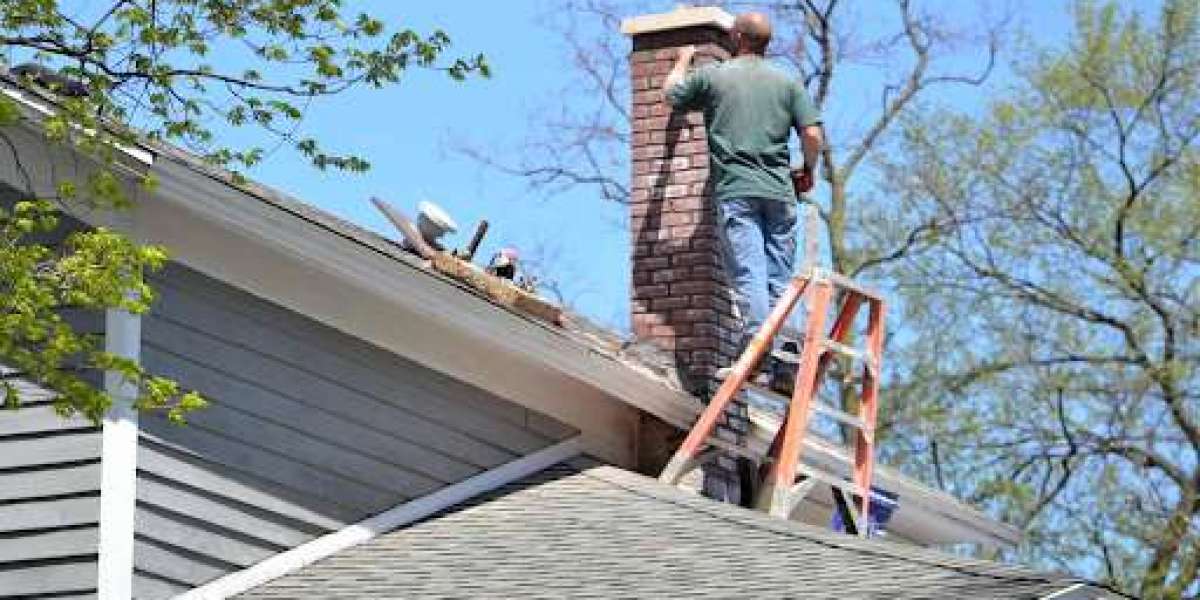There is something about the Everest Base Camp trek that pulls people in. Maybe it is the idea of walking in the shadows of the tallest mountain in the world. Maybe it is the challenge. Or maybe it is just the peace you find on those quiet trails. But here is the thing not everything on this journey is peaceful. That’s why having a proper Everest Base Camp trek guide is more important than people realize.
When I first thought about this trek, I figured I could just research everything online. Watch a few videos. Read some blogs. But the mountains don’t work like that. Weather shifts fast, altitude plays games with your body, and sometimes the trail gets confusing even if you are good with directions. That’s when it hit me this isn't the kind of place where you want to guess your way through. You need someone who knows the route like the back of their hand, who speaks the language, and who understands what to do when things don’t go as planned.
Why You Shouldn’t Skip a Guide
It is easy to think a guide is just there to show you the way, but they do much more. They’re your support system in every sense. A local guide knows where to stop, how much distance to cover each day, and what signs to look for if altitude sickness starts creeping in.
More than that, they help bridge the gap between you and the culture around you. You’re not just walking through villages—you’re meeting people, sharing moments, and hearing stories. A good guide can translate not just words, but the feeling behind those words.
When you're tired and it’s cold, having someone tell you, “Just 15 more minutes to a warm tea house,” can make all the difference. And if the weather turns, you want someone with the experience to make quick decisions that keep everyone safe.
Choosing the Right Guide
Not all guides are the same. Some are certified by the Nepal government or trained through professional trekking associations. Look for that. Ask questions. How many times have they done the trek? Are they trained in first aid? Do they know how to handle altitude sickness? A real guide will answer you clearly and won’t be afraid to share details.
You can also hire through a trekking company. It might cost a bit more, but you get peace of mind. These companies usually have backup plans, emergency contacts, and extra gear if you need it.
A Guide Isn’t Just for Safety
Let’s talk about the small moments. The ones that make the Everest Base Camp trek more than just a hike. A guide knows where the views open up, where the best momos are served, and how to avoid that one teahouse with the freezing cold rooms. They can show you prayer flags you’d never notice on your own, explain why a certain stone is sacred, or tell you which bakery in Namche Bazaar serves the best apple pie.
Without a guide, you might still see the mountains. But with one, you feel them.
What to Expect with a Guide
Here’s a quick idea of what having a guide looks like during the trek:
They plan the daily route with your pace in mind.
They handle lodging and help get the best rooms (trust me, that matters after a long day).
They check on your health, especially when the air gets thin.
They deal with permits, paperwork, and flight tickets to/from Lukla.
They help you carry your mental load so you can enjoy the views, not stress over details.
You will also find that most guides are kind, calm, and full of patience. They have walked these paths hundreds of times, and it shows in the way they carry themselves. They’re not just there for the good days. They’re also there for the hard ones and there will be hard ones.
Final Thoughts
The Everest Base Camp trek is more than just walking to a destination. It is a journey where every step teaches you something about yourself, about the people of the mountains, and about life at high altitude. A guide doesn’t take away from that. They make sure you actually get to experience it.
So if you’re thinking about doing the trek, do yourself a favor. Don’t go it alone. Hire a guide. Not because you can’t do it without one—but because the trek becomes richer, safer, and more meaningful when you have someone walking beside you who knows the way.



